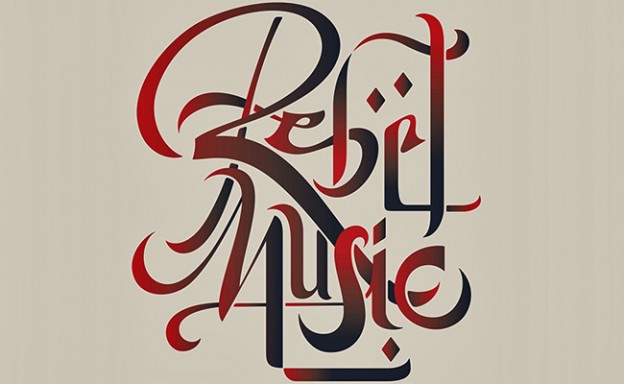Early History
Text by Dawoud Kringle
There exists little historical documentation of the music and musicians of Islamic culture indigenous to the United States of America. For this reason, I decided to write this series. While this is in no way comprehensive, it should serve as a brief introduction to the much neglected subject of Muslim’s contributions to jazz.
A great deal of historical evidence shows that Islam came to the Americas at least 500 years before Columbus, and was practiced by the indigenous populations. The earliest evidence of Muslim explorers in America is said to date back to 996. Malian King Abu Bakr spearheaded a series of voyages to America in 1310. Two years later African Muslims from the Mandingo came to the Gulf of Mexico, and traveled up the Mississippi river. The diaries of Columbus and Cortez tell of finding evidence of Islamic civilization having preceded their arrival by centuries. The histories of many Native American nations show much interaction with Islam. Treaties dating between 1600 and 1880 prove that there were Muslims among the Cherokee, Pawnee, and Blackfoot. In 1530, African slaves arrived in America. Among them were Muslims from the Fullani, Fulas, Fula Jallon, Fula Toro, and Massina. Many slaves were Muslims who had been brought to America illegally after the 1808 ban on the importation of slaves.
During the beginning of 20th century, immigrants from Muslim nations began forming small communities. Among them were Turks, Syrians, Lebanese, Jordanians, Albanians, Arabs, and later Pakistanis and Bengalis. They established communities and opened mosques throughout the US.
The exact origins of the word “jazz” are unclear. Many believe it to be of disreputable character originating in houses of prostitution in New Orleans, the only places this music was allowed to be played. Yet some scholars have traced the roots of the word to ancient Africa and Arabia. One example comes from Ishaq Al-Mawsili (742–804), whose theoretical works on music included the term “jaza’a” which described the proportionate division of melody or rhythm. Another example is “jaz”: a verb used by ancient Sufis of Arabia and Africa describing the search for hidden meaning. Another example: the word “I’jaz”: a term describing the miraculous nature of the Qur’an. The term “ragtime” may have developed from the indirect influence of Hindu culture of India introduced to the Western Hemisphere by Indians who immigrated to the Caribbean Islands during the late 19th century. Caribbean musicians migrated to the United States and introduced improvisations called “rags;” which may be an etymological transformation of the Indian raga.
Some slang words associated with jazz have roots in Islamic civilization. A few of these slang words include “Dig”, as in “Can you dig it?” came from the Wolof word “Digit” which means to understand something; and “jam” (as in a jam session) is derived from “jammat;” the Arabic word for a meeting or congregation.
Islam began to grow in the African American community after its severance from its roots among the African slaves. This was due, in the beginning to a group of several quasi-Islamic communities of nomadic Americans, such as the Ben Ishmaelis and the Delaware Moors (mixed race communities of Pawnees, Cherokees, runaway slaves, and white indentured servants who later became victims of the eugenics laws, and disappeared completely by the 1920s) among whom were many professional musicians. Soon, Islam influenced organizations emerged among the African American community, such as the Moorish Science Temple, and later, the Nation of Islam and the Ahmadiyyah.
Many of the converts to Islam were talented jazz musicians. They began to incorporate musical and spiritual concepts borrowed from Islamic and Eastern culture into jazz.
In later parts of this series, I will examine the history in more depth, and discuss the biographies of Muslim jazz musicians.
(Note: Much of the material in this series is from my as yet unpublished book A Garden of Air and Light: The Relationship Between Music and Islamic Spirituality and Culture (c). 2004. Used by DBDBD NY & MFM by permission of the author).


